Estimated reading time: 11 minutes
When I was a child, my mother often shooed my brother and me out of the house with the words, “You two need some fresh air.” I remember thinking at the time that she just wanted some peace and quiet. Years later when I found myself saying the same words to my own kids, I realized that craving a few moments of silence was only part of the plan.
The “fresh air” that backyard play and bike rides around the neighborhood offer is important to our health and well-being. The trees, shrubs, and plants surrounding our homes and outdoor breezes work together to offer clean air for us to breathe.
Getting outside also gives us an opportunity to escape stagnant indoor air. According to the Environmental Protection Agency, pollutant levels could be as much as two to five times higher indoors than outdoors. Since EPA research indicates that the average American spends up to 90 percent of the time inside, indoor air quality can negatively impact our health.
And it is a problem that is only getting worse as we get better at designing and building airtight, energy-efficient homes and offices. In other words, as we improve our abilities in keeping our homes at comfortable year-round temperatures, we also are harboring more indoor pollutants.
Want to save this post for later? Click Here to Pin It on Pinterest!
Indoor air pollution can be caused by molds, bacteria, pollen, pet hair, personal hygiene products, and cleaning chemicals. Additionally, outdoor contaminants, including factory fumes, garden chemicals, and vehicle exhaust, can enter our indoor spaces through doors and windows and on our shoes and clothing.
The three main indoor air culprits are formaldehyde, benzene, and trichloroethylene. These chemicals can cause cold symptoms, eye irritation, headaches, and breathing problems.
Formaldehyde can be found in pressed wood products and some forms of foam insulation. Some household paper products (such as paper towels, facial tissues, and waxed paper) include this harmful chemical as well. Urea-formaldehyde (UF) resin can be an ingredient in floor adhesive, fire retardant, carpet padding, and even wrinkle-free clothing. Other UF sources can include natural gas, home cleaning products, cigarettes, and kerosene.
Benzene often is used as a solvent in oils, paints, inks, gasoline, rubber, and plastics. Benzene also can be an ingredient in detergents, dyes, and pharmaceuticals. Trichloroethylene is a chemical used in dry-cleaning products and in some inks, de-greasers, lacquers, paints, varnishes, and adhesives.
There is some good news, however. Many common houseplants can help counteract the adverse effects of these contaminants. Indoor plants actually can absorb some of the dangerous pollutants and add fresh oxygen inside your home.
NASA, which has extensively researched the effects of plants on indoor air, calls houseplants an essential part of “nature’s life support system.” A two-year NASA study that placed plants in sealed chambers in the presence of specific chemicals had compelling enough results that indoor plants are now part of every space mission.
Here is a list of some of the best houseplants for removing toxins from the air. Many are easy to grow and will have the added benefit of adding beauty to your home.
1. Aloe Vera
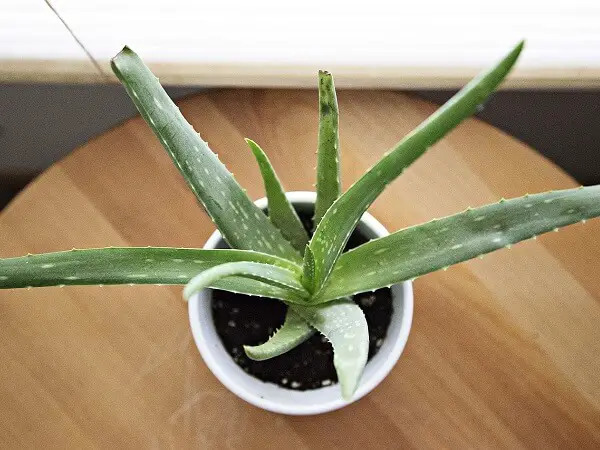
You may already be growing this succulent for its valuable inner gel, which can treat minor burns and other skin irritations. However, the plant itself can help remove formaldehyde from your indoor air.
2. Areca Palm
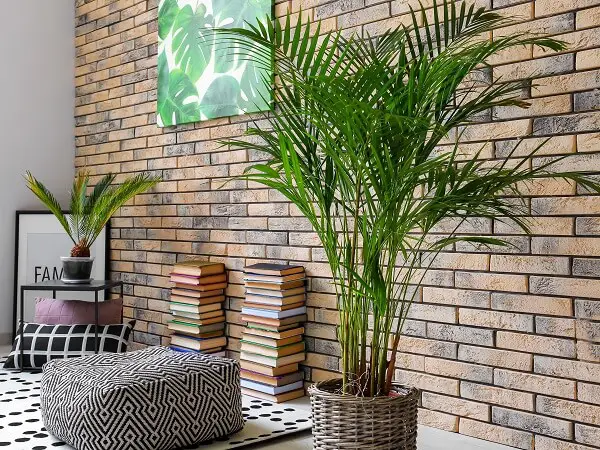
This sensitive plant works as a natural humidifier in your home. It also can help filter formaldehyde and xylene from the air. Try placing one near new carpeting or beside newly varnished furniture.
3. Bamboo Palm
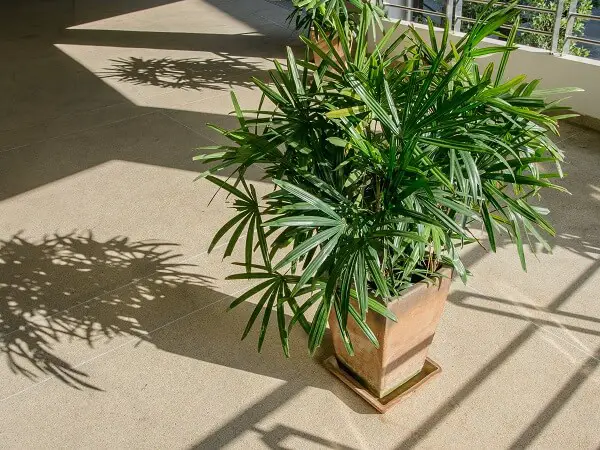
An attractive tropical plant that can thrive in shady areas, the bamboo palm can filter out formaldehyde, benzene, trichloroethylene xylene, and toluene. Bamboo palms are great for areas with high ceilings since they can grow up to 12 feet tall.
4. Boston Fern
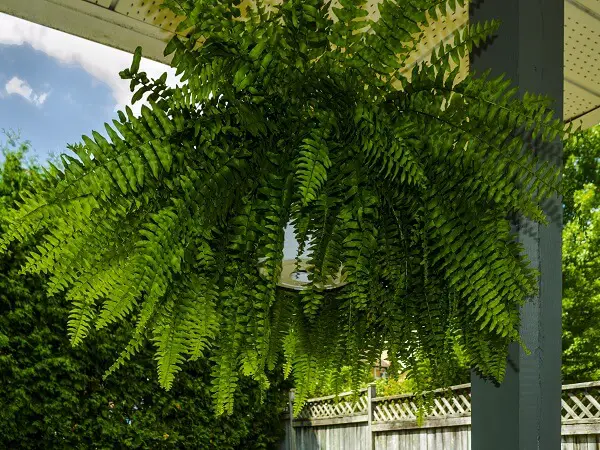
Another natural humidifier, the Boston fern has textured fronds that remove pollutants such as benzene, xylene, and formaldehyde. Place this attractive plant in a hanging basket in an area of your home that has high humidity and indirect light – such as a bathroom.
5. Chinese Evergreen
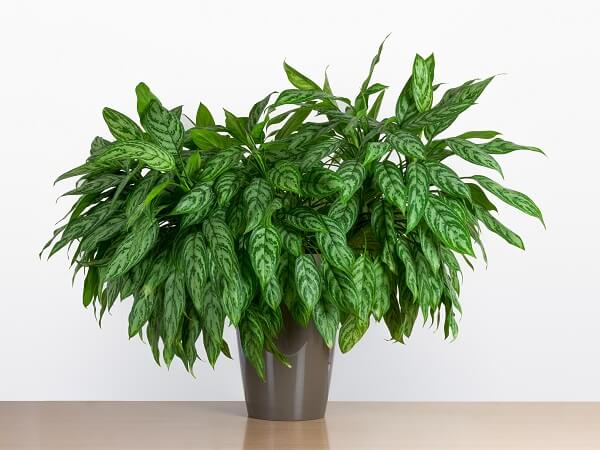
Easy to grow and easy to look at, the Chinese evergreen does well with little water and in low light. Its shiny, green leaves filter out benzene and formaldehyde from your indoor air.
6. Dracaena
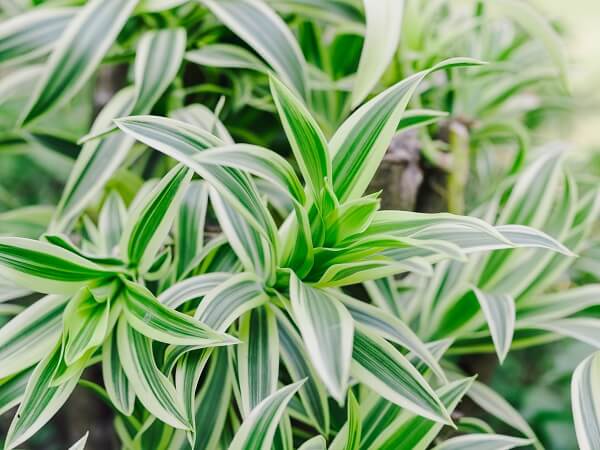
Available in dozens of different varieties, this hardy indoor plant can filter out benzene, formaldehyde, trichloroethylene, and xylene from the air. Dracaena plants have long, wide leaves that are variegated with pretty white or red lines. (Keep this plant out of reach of your pets.)
7. English Ivy
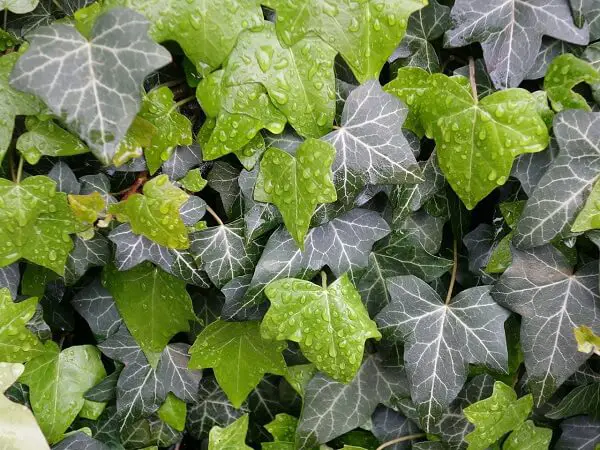
This quick-growing plant is considered a weed in some parts of the country. However, as a hanging plant in your home, it can filter formaldehyde and even fecal particles from the air. English ivy comes in many varieties and does well in all lighting conditions except direct sunlight.
8. Ficus
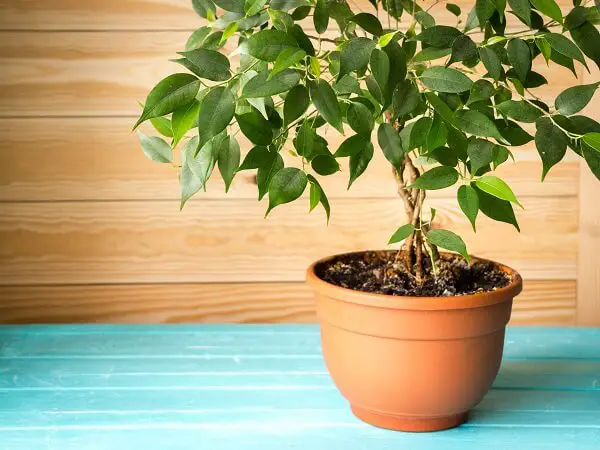
A low maintenance tree that can grow up to 10 feet tall, the ficus prefers bright, indirect light. In return, it will remove formaldehyde, benzene, and trichloroethylene from your home environment.
9. Garden Mum

These inexpensive plants are not just for your fall outdoor garden. Chrysanthemums can liven up your home with color while removing benzene, formaldehyde, ammonia, and xylene from the air.
10. Gerbera Daisy

Plant this pretty flowering plant in well-drained soil and where it can get bright light and, in return, it will remove benzene and trichloroethylene from the air.
11. Golden Pothos

With its dark leaves and golden streaks, this quick-growing vine is a favorite for hanging baskets and trellises. It also is a good filter of carbon monoxide, formaldehyde, and benzene in your home. Another idea is to place this plant near your garage entrance to trap car exhaust fumes.
12. Lady Palm

With its attractive fan-shaped leaves, the lady palm is a tree-like plant that removes ammonia from the air.
13. Peace Lily
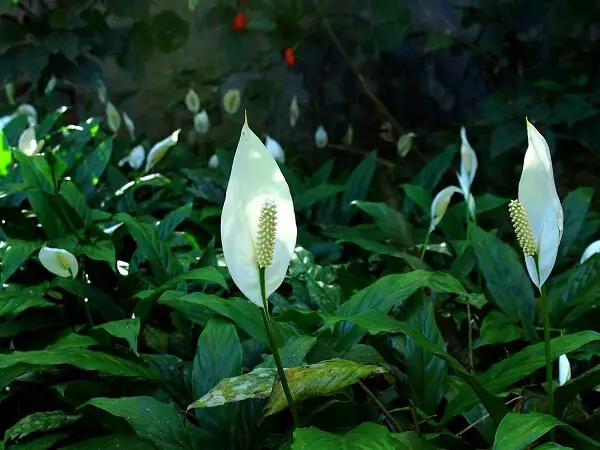
Known for its striking white flowers, the peace lily filters xylene, toluene, and ammonia. The peace lily is easy to care for and does well in medium to low light conditions.
14. Philodendron
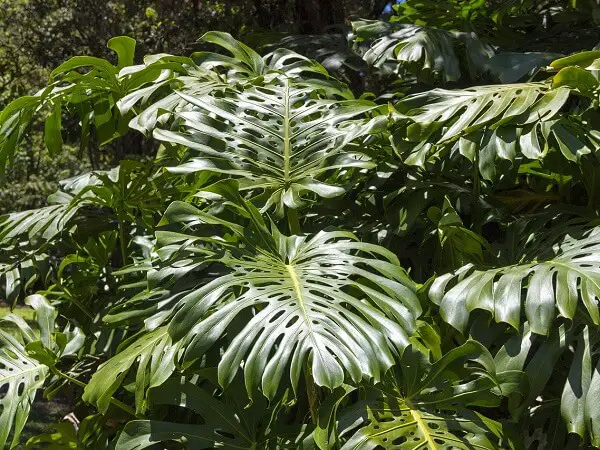
As a durable houseplant, the philodendron prefers medium to low-intensity light. The Heartleaf philodendron and the Elephant Ear philodendron are good choices to help filter formaldehyde from the air.
15. Rubber Plants

These attractive evergreen trees are native to India. Their roots from interesting shapes as they grow up and circle around the trunk. Rubber plants, which prefer bright, filtered light, help remove carbon monoxide, formaldehyde, and trichloroethylene from the air. (Keep away from your pets.)
16. Snake Plant
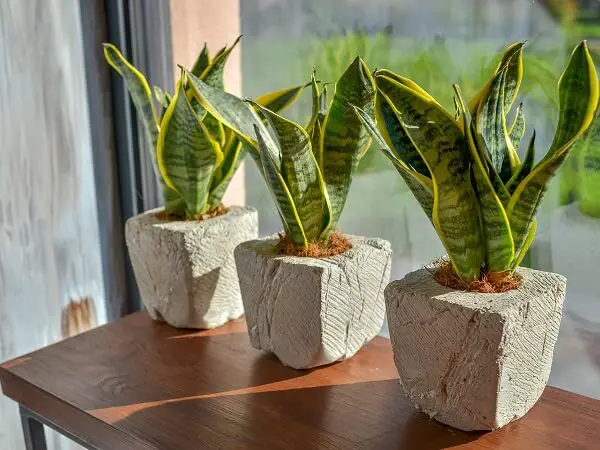
This hardy ornamental houseplant is tolerant of both irregular watering and low lighting conditions. It also can absorb formaldehyde, nitrogen oxides and trichloroethylene from the air.
17. Spider Plant
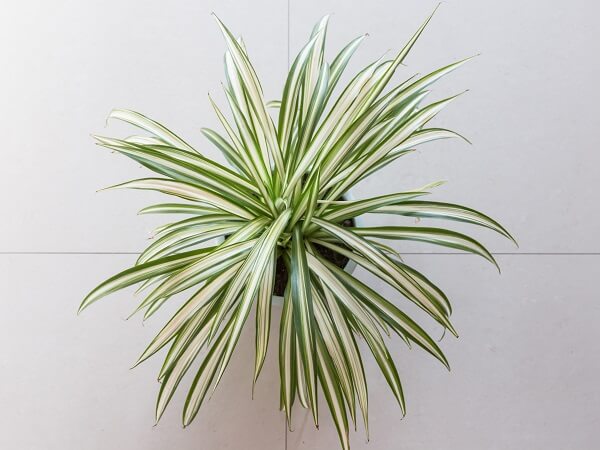
The spider plant is a quick-growing plant that does well in baskets located near medium to bright indirect light. Place one in the kitchen and near the fireplace to help absorb carbon monoxide as well as formaldehyde and xylene.
A bonus is that these plants frequently produce shoots, called spiderettes, that you can root in water or soil to form new plants.
Now that you know some houseplants that will work as indoor air filters, here are some additional tips.
- For best effect, place these plants in the areas of your home where you spend much of your time. NASA suggests placing two to three plants in eight- to 10-inch pots in each 100 square feet area of your home.
- You might try grouping several different plants together in one location.
- Avoid plastic pots, which can have their own set of toxins.
- Some plants are harmful if ingested. Place houseplants out of reach of small children or pets. The ASPCA website has a list of plants that may be harmful to pets.
- Keep plant foliage clean so that they can do their best filtering work.
- Adding more plants to your home can increase humidity. Increased moisture can promote mold growth. You can prevent mold by removing excess water regularly and by covering the top of the soil with aquarium gravel or Spanish moss.
Another positive effect of indoor plants is that that they can contribute to our overall sense of well-being. A study of hospital patients revealed that those who had plants in their rooms felt more positive and had lower stress levels than patients who did not have plants in their rooms.
So, if you are missing your summer garden and wanted an excuse to purchase some new indoor plants, now you have one. And if you’d like more information, here are some helpful resources.
- Plants: Why You Can't Live Without Them
- Plants Clean Air and Water for Indoor Environments
- Indoor Air Quality – EPA'a Report On The Environment
Like this post? Don't forget to Pin It on Pinterest!



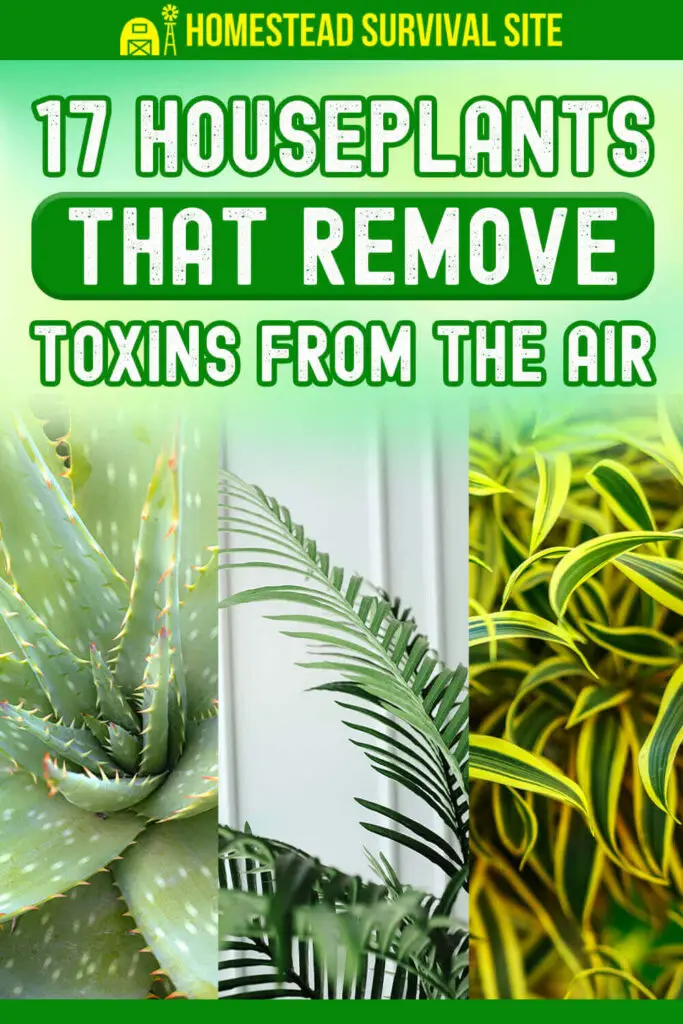





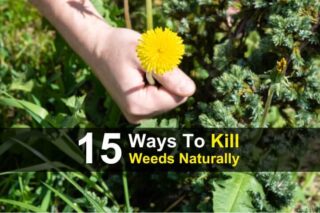


Which of these plants is toxic to cats &/or dogs? Since I have a cat I NEED to know before getting any.